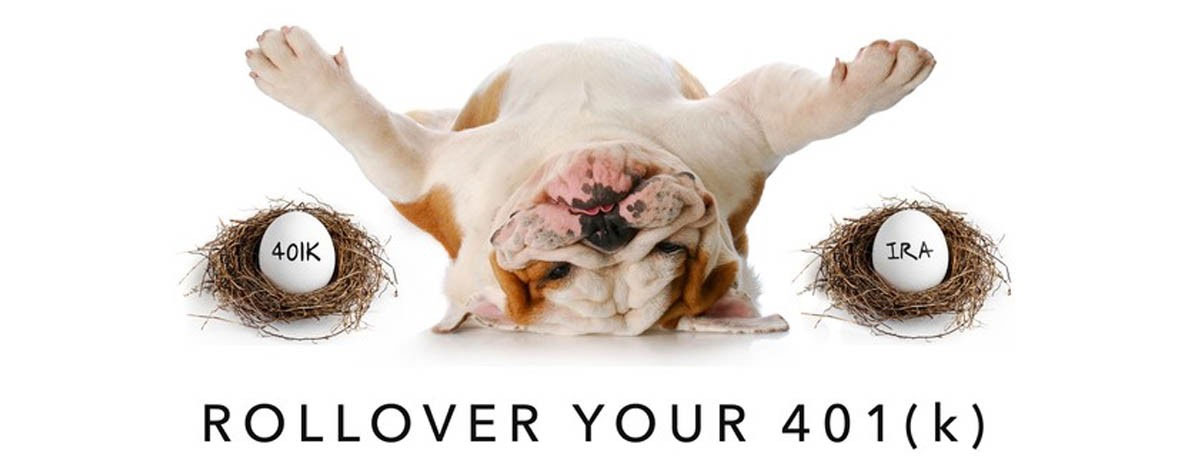When you leave a job where you have contributed to a 401(k) plan, you have three options for your money: Cash out your 401(k), keep it in your current plan, or move it to another qualified retirement account. A qualified retirement account can be your new employer’s 401(k) plan, a Traditional IRA, or a Roth IRA. The action of moving money out of your current 401(k) plan to a new qualified account is called a rollover.
Who is Eligible for a Rollover
You are eligible for a rollover when you leave your job, voluntarily or involuntarily. Some plans also offer what is called an “In Service 401(k) Distribution,” which allows you to rollover your 401(k) fund even while you are still working.
Your Options
Before going through with a rollover, you should consider your options carefully.
1. Cash Out Your 401(k): A BAD idea Don’t do it.
This is the worst thing you could do with your 401(k). When you cash out your 401(k), you are taxed on the withdrawal and potentially penalized.
Any amount withdrawn is subjected to federal, and possibly state and local, taxes. The increased income could also push you into a higher tax bracket. Also, you may be subject to a 10% early withdrawal penalty if you are younger than 59 1/2. Assuming an effective combined federal and state tax rate of 35%, a $100,000 cash out could cost you $45,000 in taxes and penalties, leaving you with only $55,000.
2. Keep Money in Your Current Plan
Typically, you only want to do this if your current plan offers great investments at low costs. Check with the current plan administrator to see if this is an available option for your plan. If it is, ask if there are extra fees for keeping your money in the current plan, and if you can roll the plan over down the road if you change your mind. If everything checks out, work with your current plan administrator.
3. Rollover to Your New 401(k) Plan
If you have access to your new employer’s plan right away, and it offers great low-cost investments, then this might be a good option for you. To rollover into your new plan, work with the new plan administrator to coordinate the process. However, be aware of liquidity issues. If you need your money you may be locked in from being able to get at it.
4. Rollover to an IRA (usually the best option)
Compared to the options above, a rollover to an IRA is usually the best option. You can usually lower your investment expenses and gain access to a much wider variety of investment options.
Word of Caution
There are many important issues to consider in regards to whether or not to rollover your 401k and how to do so. Because of serious tax implications and liquidity issues it is best to seek the advice of a qualified tax specialist and a Registered Investment Adviser.







